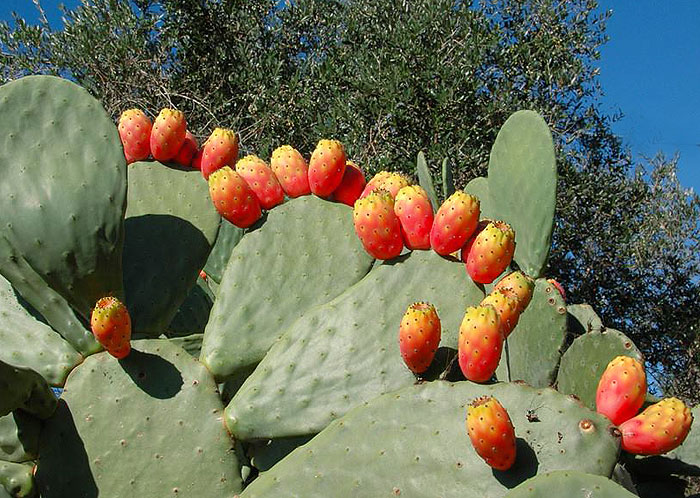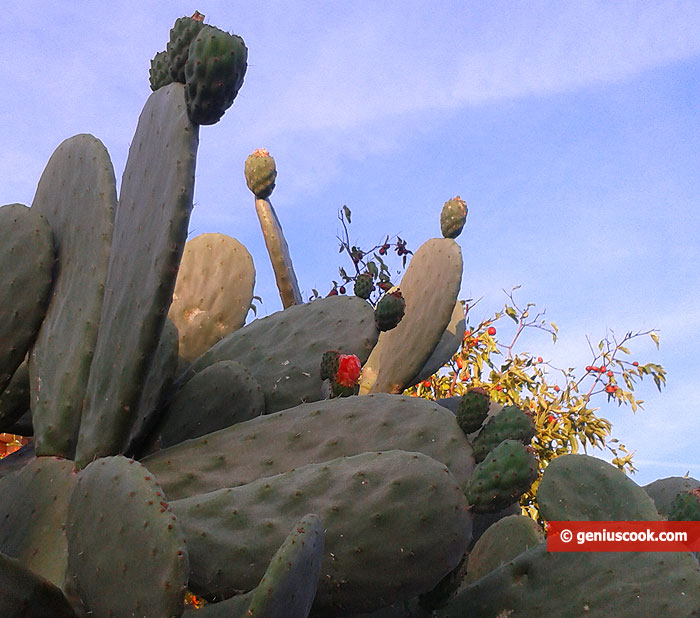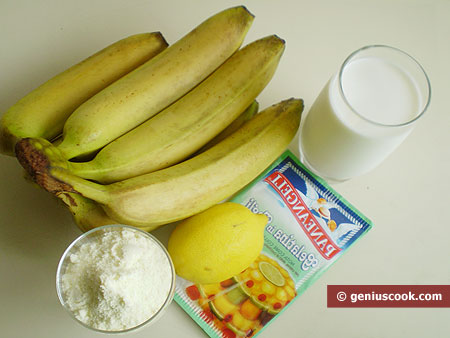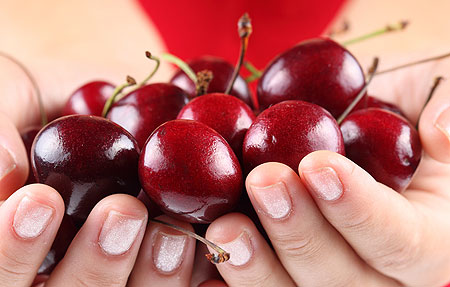What is Prickly Pear and Why it is Useful
Prickly pear or Barbary fig, in Italian is Fico d’India- Indian figs, ficus-indica, opuntia – is a cactus with juicy pyriform sweet fruits.
Prickly pear is a natural and organic product because this wild shrub often grows spontaneously and does not need any anti-parasitic treatment.
Prickly pear or Barbary fig fruits are covered with small, barely noticeable prickly hairs, and it is very difficult and unpleasant to get them out of hand skin, if they get there.
How to clean and how to eat Prickly pear
- You need to wear tight gloves to clean a prickly pear. Then wash the fruit well under running water. Cut off the top, start peeling the fruit and then separate the peel from the pulp. This should be done with a knife; be sure to hold the fruit with a fork.
- The juicy pulp is dotted with many medium-sized hard seeds that can be eaten or removed. As a matter of fact, they can be swallowed without harm. But those who have diverticulitis should be careful.
- From the fruit of the prickly pear is prepared delicious juices, marmalades, jams, liqueurs, ice cream.
- Fleshy cactus leaves are edible, too. They are used as a vegetable – fresh, salted or pickled.
The health benefits of Prickly pear
- Prickly pear cactus is the only plant, which has 24 known pigments, called betalains. These are powerful anti-inflammatory agents. Prickly pear juice helps fight chronic inflammation.
- Beneficial effect on the cardiovascular system because of decrease platelet activity. This means that good for the heart and blood vessels.
- Prickly pear contains 8 essential amino acids that are not produced by our body.
- It helps to treat urolithiasis, has a mild diuretic property.
- It reduces blood sugar levels and is helpful for people with type 2 diabetes.
- Helps to reduce weight.
- It is a good additional remedy in the treatment of osteoporosis.
- Regular consumption of prickly pear helps lower cholesterol.












